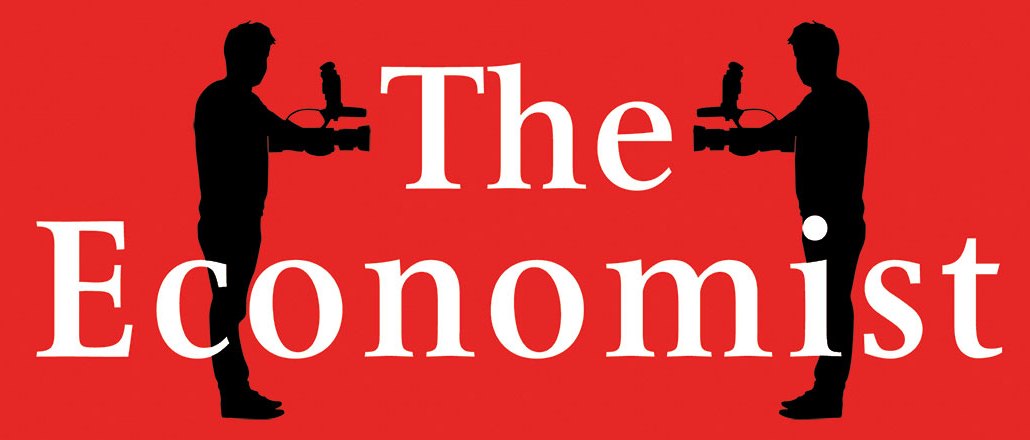Insights from CTV leaders at Dentsu, Horizon Media and more

Nearly 172 years since publishing its first edition, The Economist has arrived at a clear video strategy.
On Monday, The Economist Group announced the launch of Economist Films, which will work with Economist journalists to produce original video content. The department is still staffing up, but Economist Films president Nicholas Minter-Green plans to build out a central team of filmmakers and producers who will create regular video programming for the publisher. The end goal is to turn The Economist into a regular producer of documentary-style video series and features, attracting new audiences and a wealth of sponsorship revenue.
“The idea at the beginning is to prove The Economist’s reason to exist in video,” said Minter-Green, formerly managing director of content agency TVC Group, which The Economist Group acquired in 2012. “It’s to show the expertise of our journalists, combined with the capabilities of filmmakers, can make undeniably engaging and high-quality content, which is both valued by viewers and by brand partners. The scale will come quickly once that is proved.”
Initially, Economist Films will focus on short-form videos under 10 minutes in length. The department is about to complete its first two pilot projects, according to Minter-Green: one video for a series about future ways of working, examining the interaction of technology and people; another about global solutions to major social problems. The first Economist Films projects are expected to debut in September.
Minter-Green declined to disclose how much the Economist has invested in its new films division but said video is “a priority for the company, from the board and CEO downwards.”
The Economist produces some video content now, typically to add some color and context to stories being covered in the weekly paper, said Minter-Green. The company monetizes that video with pre-roll ads on its site, which attracted an average of 329,000 monthly unique video viewers (on desktops) in 2014, according to analytics firm comScore.
The Economist also has a YouTube channel, which draws 755,000 monthly video views across all its content, according to YouTube analytics platform OpenSlate. The Economist has posted 14 new items to YouTube within the last month (though three were audio clips retrofitted for the video-streaming platform), including a feature on the Hispanic population in Nashville, a look at the rising fortunes of the pizza industry, and a video about the murder of Russian politician Boris Nemtsov.
With Economist Films, the media company aims to diversify its video content beyond these one-offs and attract sponsors for its video series. The company has yet to shop its series around to marketers, but when it does, that price tag will likely be high for brand marketers.
“They have a premium and specific audience, so it is believable that they can charge a premium for their video content, particularly if the production value is high enough,” said Jessica Sanfilippo, group media director at digital marketing agency 360i. “It’s a smart call for The Economist to be incorporating high-production video into their ad model.”
Down the road, Minter-Green envisions producing lengthier video and licensing it for traditional distribution to supplement the Economist’s digital efforts. But, for now, he’s focused squarely on producing must-watch series for the company’s own properties.
“If you create world-class content that people think is worth watching, then the platform model, the distribution model, the sponsorship model, that will all come,” said Minter-Green. “My goal for this year is to show the Economist can be as brilliant in video as it is in print.”
Main image courtesy Eric Blattberg / Digiday
More in Media

Digiday+ Research: Publishers pull back their dependence on digital revenue
After a year in which publishers shifted their revenue dependence away from traditional channels and toward digital channels, 2025 has seen a shift back toward more of a balance between traditional and digital revenue sources.

LinkedIn makes it easier for creators to track performance across platforms
Creator data is becoming more accessible to third-party vendors via a new API — another step in LinkedIn’s creator platform evolution.

Ad Tech Briefing: The ‘plumbers’ posing as the unlikely saviors of the internet
After several false dawns, can Cloudflare’s ‘anti-AI scraping tool’ finally offer publishers a road to commercial redemption?





